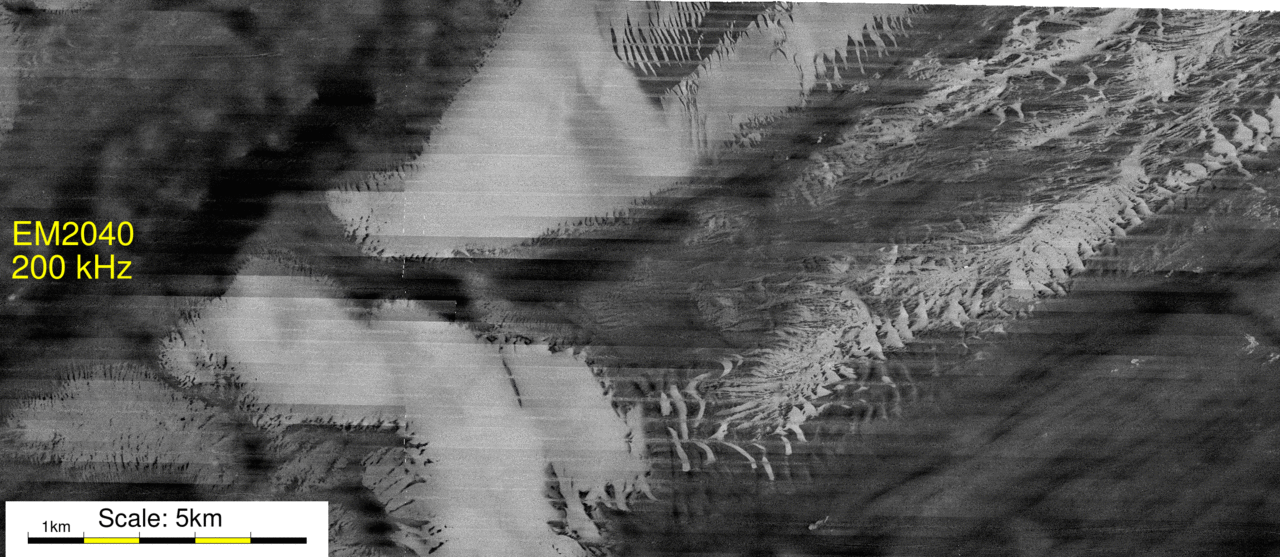
| back to: Report Index |
Multispectral
Backscatter RV Celtic Explorer Cruise CE17-01 Chief Scientist: Kevin Sheehan, MI July 22nd to August 6th 2017 |
John E. Hughes Clarke Anand Hiroji Jose Cordero Ros Center for Coastal and Ocean Mapping University of New Hampshire |
| Multispectral Example NORTH |
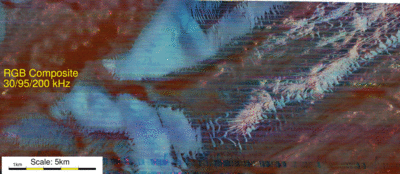 |
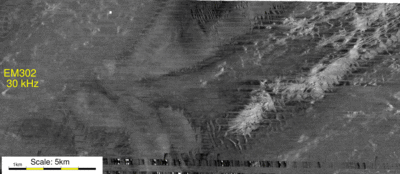 |
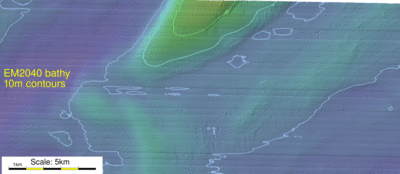 |
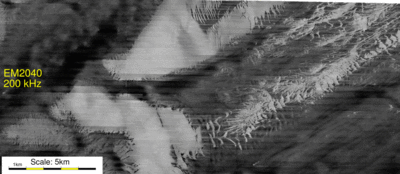 |
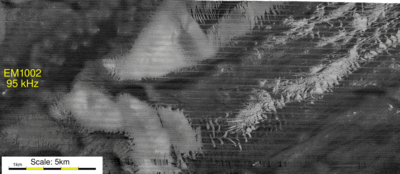 |
| Multispectral Example SOUTH |
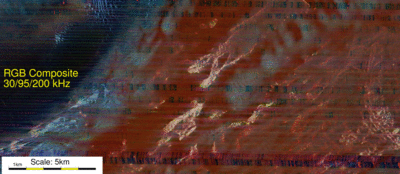 |
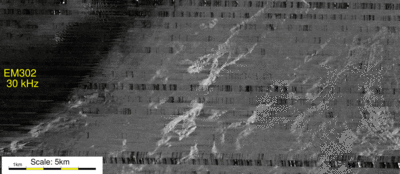 |
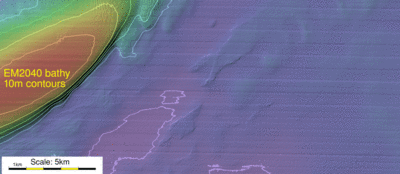 |
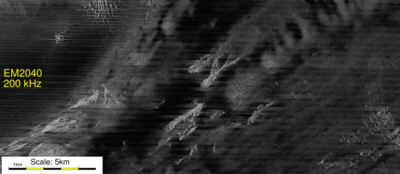 |
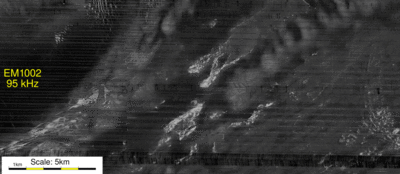 |
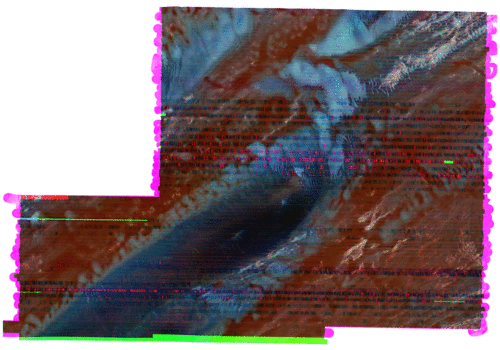 |
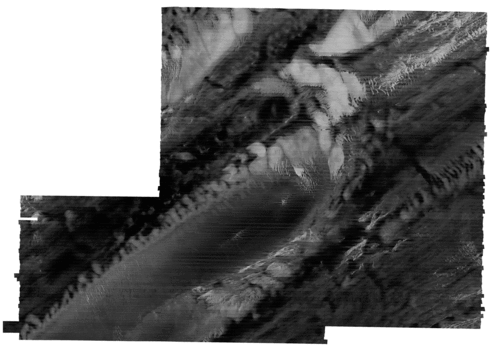 |
| Multi-Spectral Combination (R: 30 kHz, G: 95 kHz, B: 200 kHz) |
EM2040 - 200 kHz "blue" |
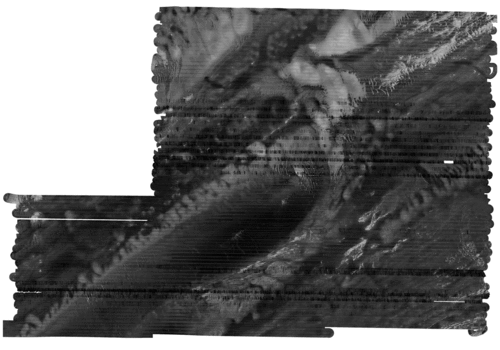 |
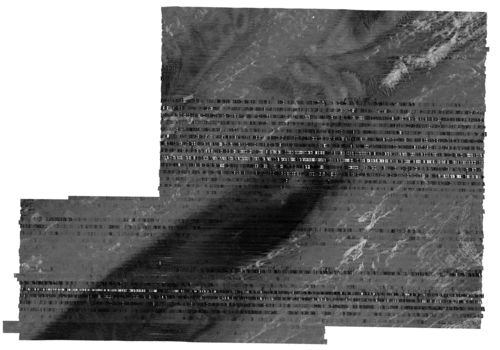 |
| EM1002 - 95 kHz "green" |
EM302 - 30 kHz "red" |